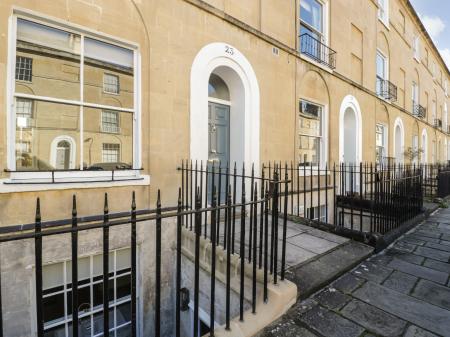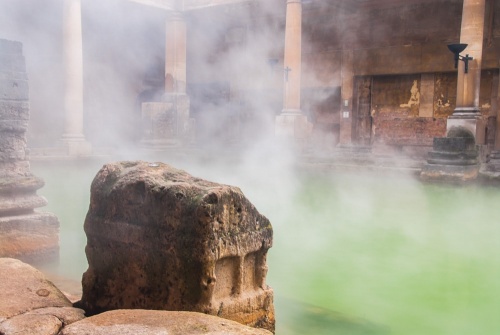
History
The mineral springs at Bath were known before the advent of the Romans. Indeed, the legendary founder of Bath, Bladud, a 9th century BC king, was said to have been cured of leprosy by bathing in a pool of warm mud on the site. But it was left to the Romans to develop the baths and establish a temple.
They dedicated the temple to Sulis Minerva, a new god invented by merging the Celtic Sulis with the Roman Minerva. For over 3 centuries the temple at Aquae Sulis, as Bath was known, drew visitors from across Roman Britain.
After the Romans withdrew from Britain in the late 5th century the site was abandoned. Over the centuries, the Roman baths were forgotten, and the site lost, seemingly forever.
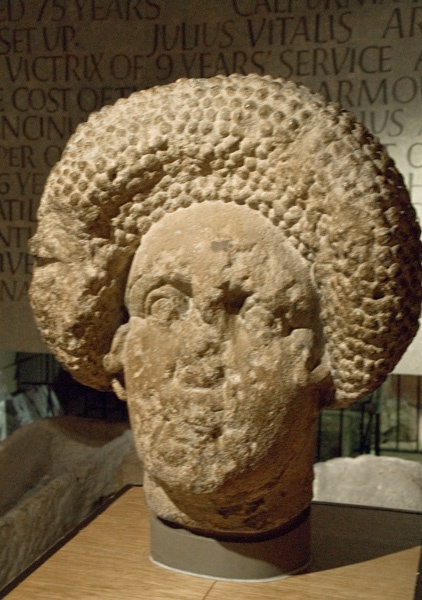
Rediscovery
It took an accident to rediscover the Roman baths, but even then the process of discovery was long and slow. In 1727 some workmen were digging a sewer trench on Stall Street when they unearthed a gilded head of the god Minerva. But little was done to see if there were more Roman remains on the site.
More Roman artefacts were turned up in the 1750s, but it was not until 1775 that builders broke through the layer of rubble that encased the baths and the hot springs that fed the Roman bathing area bubbled forth.
When the site was cleared the baths were revealed to be astonishingly intact, as if lost in a time warp for 1300 years. The baths are still lined with the lead put in place by the Romans, and the effluent from the baths still runs through Roman water ducts into the Avon.
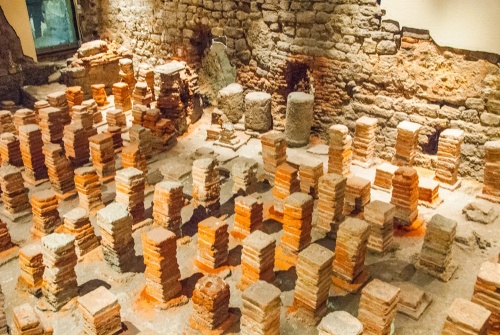
The Museum
Access to the baths is through the Roman Baths Museum, which displays treasures found on the site. Among these treasures is the gilded head of Minerva found in 1727, and a magnificent stone head of Medusa, her hair a mass of writhing snakes.
You really shouldn't visit the baths without taking in the Pump Room, which looks down into the steaming Great Pool. It was here, in restrained Georgian elegance, that generations of high society members came to drink the waters. You can still drink the waters, but it does help if you hold your nose while doing so!
Our verdict:
In a word, fabulous! The Roman Baths are astonishing, and must rank at the forefront of Britain's historic treasures. It really is well worth a visit.

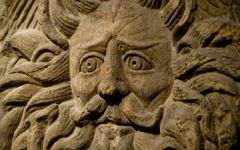
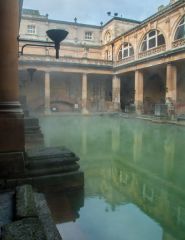
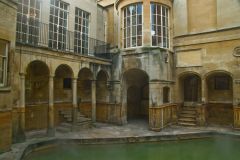

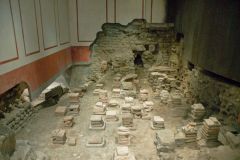

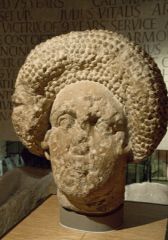
 We've 'tagged' this attraction information to help you find related historic attractions and learn more about major time periods mentioned.
We've 'tagged' this attraction information to help you find related historic attractions and learn more about major time periods mentioned.
